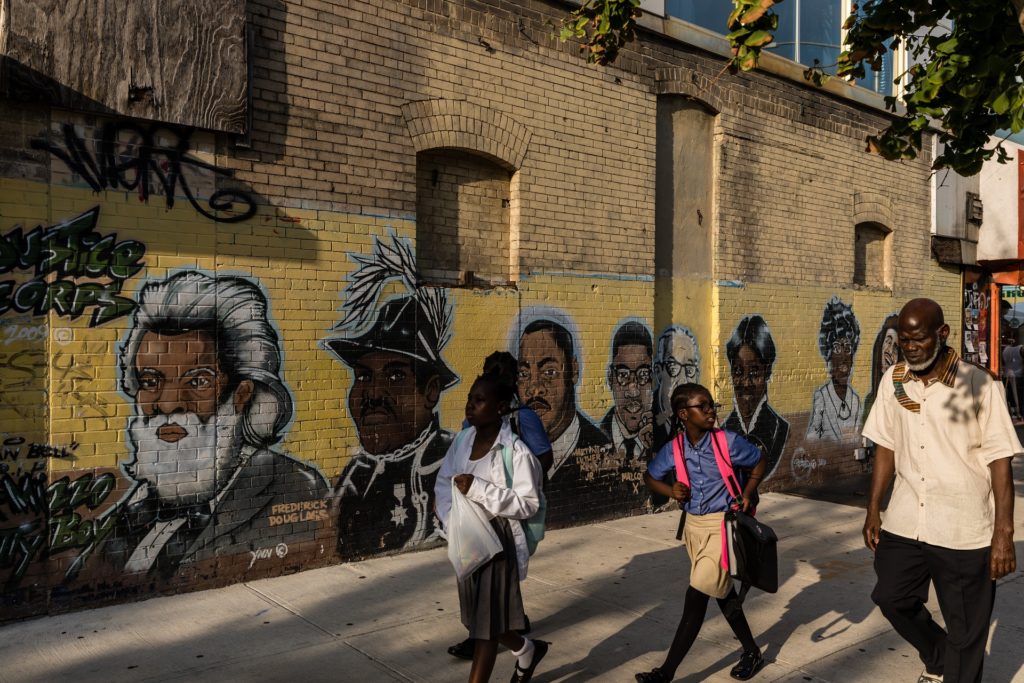City to stomp out rats at 33 Bushwick, Bed-Stuy schools
Schools are major breeding grounds, ‘rat diners’

With Bushwick and Bedford-Stuyvesant schools being a major food source for rats, the city is expanding its war on the vermin at 33 schools in the neighborhoods. Shown: A rat emerges out of its hole at a subway stop in Brooklyn. AP file photo by Julie Jacobson
Bushwick and Bedford-Stuyvesant may be home to artists and hipsters, but they are also the most rat-infested neighborhoods in Brooklyn.
Now the city is taking its war on rats to the vermin living off mountains of trash produced at more than 33 schools in the area.
With schools providing breakfast, lunch and snacks, they produce a tremendous amount of waste and are a major food source for rats in the surrounding community, according to Olivia Lapeyrolerie, a spokeswoman for the Mayor’s Office.
